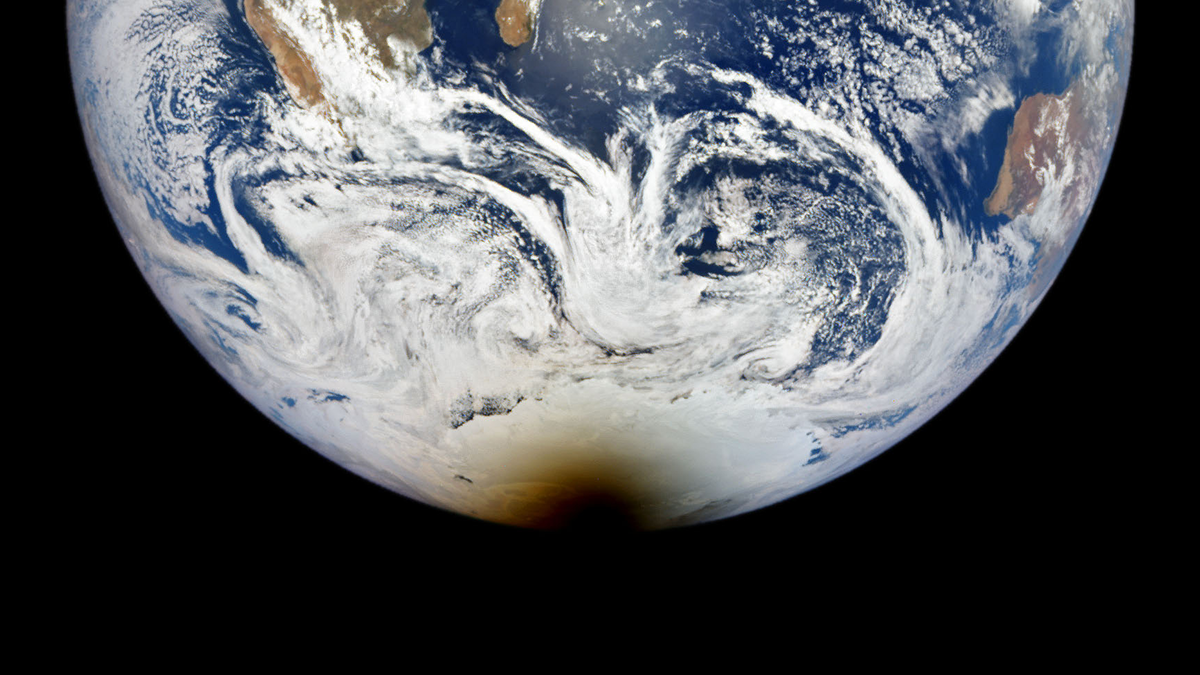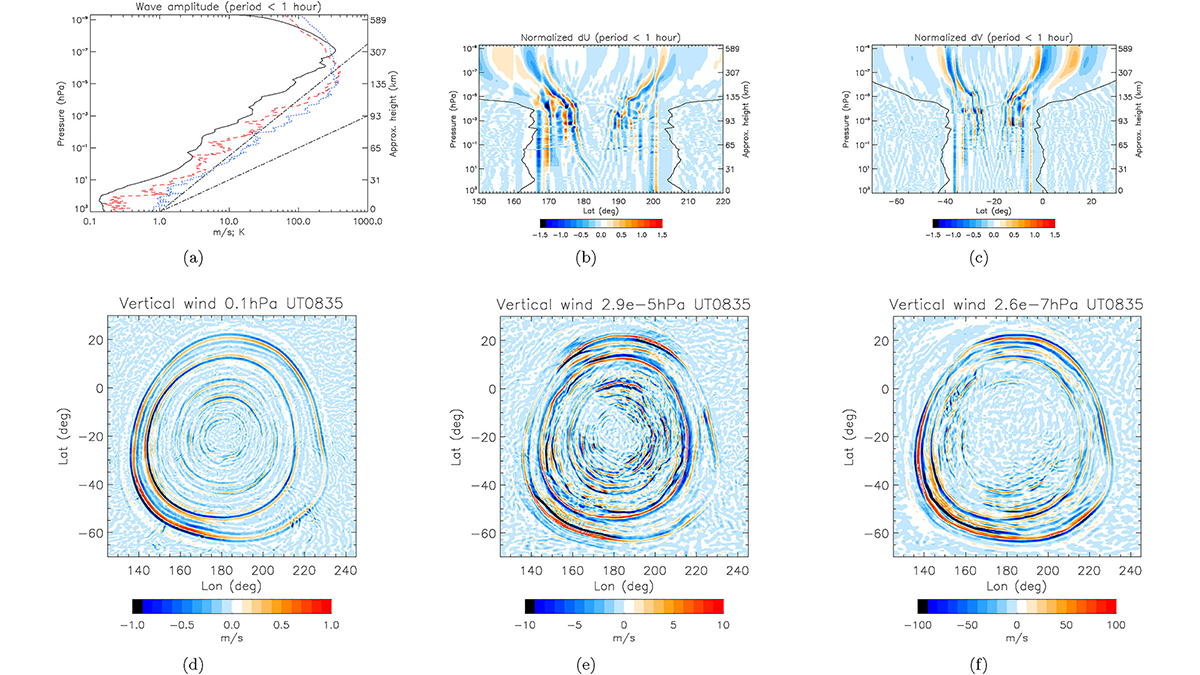Operadores de rádio amadores que estudam a física espacial e a atmosfera superior investigaram a resposta da ionosfera ao eclipse solar anular de 2023 usando transmissões de ondas curtas.
ionospheres
Ionospheric Fireworks Illuminate Auroral Science
A sounding rocket experiment set off a spectacular nighttime light show over Scandinavia as it produced new insights into ionospheric behavior near an aurora.
Solar Eclipses May Initiate Disturbances in Geospace
The statistical evidence from 21 years of data suggests that a solar eclipse may trigger a geomagnetic substorm, which is a disturbance in the Earth’s magnetosphere and ionosphere.
Did a Cosmic Explosion Make the Ionosphere Dance?
Researchers have linked a 2022 gamma ray burst to a disturbance in the upper atmosphere, but proving the connection highlights the problems with this kind of measurement.
Ham Radios Crowdsourced Ionospheric Science During Eclipse
Amateur radio operators who study space physics and the upper atmosphere probed the ionosphere’s response to the 2023 annular solar eclipse using shortwave transmissions.
Probing Rare Hot Plasma Flows in the Upper Atmosphere
Postmidnight flows appear to be triggered by the same mechanism that drives more frequently observed evening flows.
Modeling Whole Atmosphere Responses to the Hunga-Tonga Eruption
A high-resolution whole atmosphere simulation captures the strong, global responses up to the thermosphere and ionosphere following the Hunga-Tonga volcano eruption.
Wind Shear Instabilities Emit Gravity Waves
A new study shows that atmospheric gravity waves can be generated by the Kelvin-Helmholtz instabilities in the wind shear layer.
Tides Ripple Across Earth’s Plasma “Donut”
Interactions between lunar gravity and the terrestrial magnetic field may cause a 90° offset from the Moon’s position in its orbit.
The International Reference Ionosphere – A Model Ionosphere
An accurate and reliable description of Earth’s ionosphere is of critical importance because of our increased reliance on satellite technology and the significant impact the ionosphere has on it.










